Blockchain Technology Made Simple: An Introductory Manual

Imagine a future in which one can pay a recipient in a faraway part of the world with no bank in between. Or a future in which one can trust that one’s information cannot and will not be changed. That’s the future of blockchain technology. It’s a revolution, and it’s transforming lives, work, and one’s use of technology, and it’s happening even today.
But what is a blockchain, and why is everyone in an uproar about it? How does it work? Don’t worry—this article will break it down for you, even if you have no background in the field, and you’ll have a full understanding when you’re reading it. Let’s begin!
What is a Blockchain Technology?
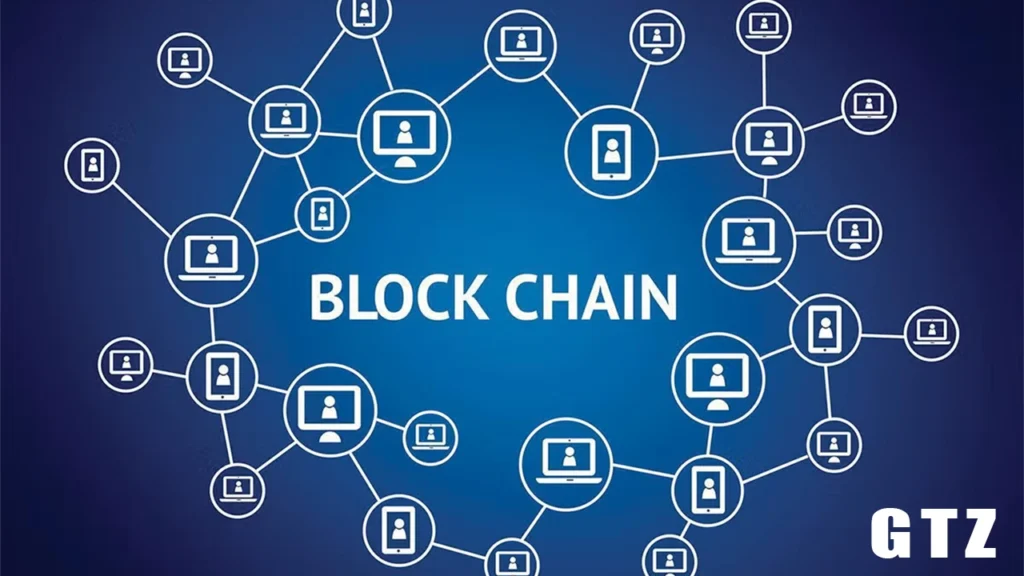
At its most basic level, blockchain technology is a virtual record book for information. But it’s not a book in any conventional sense – it’s massively secure, transparent, and shared with everyone in a group.
Here’s a simple way in which to view it:
- Imagine a chain of blocks (like building blocks). Each block contains a list of transactions or data.
- Once a block is finished, it is added to a chain.
- The chain is kept in many computers (known as nodes) worldwide, and no one individual, nor any one corporation, controls it.
- Once a block is added, it cannot ever be changed. That makes it almost impossible to cheat, and even to break into, the system.
This is one of the reasons a blockchain can be considered a “decentralized ledger.” It’s an open, secure, and dependable form of information recordkeeping.
How Does Blockchain Work?
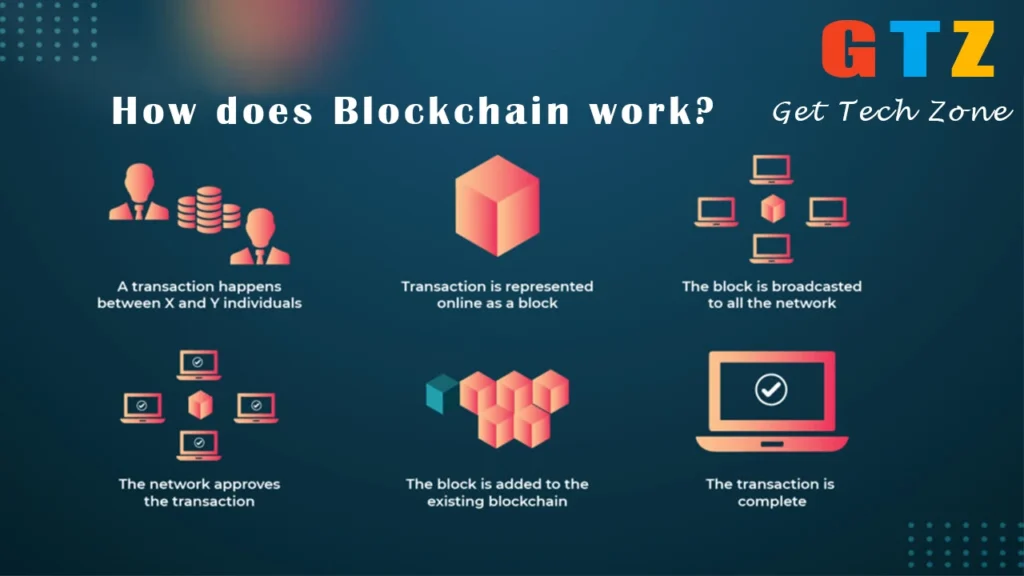
Let’s break it down in a step-by-step format:
- Someone Start a Transaction: For example, Alice wants to pay $10 to Bob in cryptocurrency.
- The Transaction is Collected in a Block: There are several transactions taking place at a single point in time in this block.
- The Block is Verified through the Network: Computers in a network (referred to as nodes) validate the transaction to confirm it’s valid.
- The Block is Attached to the Chain: Once confirmed, a block is attached to a blockchain, and a record is irretrievably stored.
- The Transaction is Complete: $10 is credited to Bob, and everyone in the network can see the transaction.
This process ensures that any transaction is safe, and transparent, and cannot be changed.
Blockchain Technology in Cryptocurrency

One of its most prevalent use cases is in cryptocurrencies like Bitcoin and Ethereum. How it works is:
- Bitcoin: The first cryptocurrency, Bitcoin, uses blockchain to record all transactions. This makes it secure and transparent.
- Ethereum: Ethereum takes it a level deeper in that developers can build programs onto its blockchain, including smart contracts (we will explore that in a little while).
Blockchain makes cryptocurrencies workable because it solves one big problem: trust. There is no need to trust a bank, a person, or any institution in sending out funds. Instead, one trusts in a secure and transparent platform, namely, the blockchain.
Real-Life Examples of Blockchain Technology
Blockchain isn’t only for cryptocurrencies. It’s being adopted in a range of industries to tackle real-life complications. Examples include:
- Supply Chain Monitoring
- Companies like Walmart have a blockchain tracking food through farms and stores. In the event a problem (e.g., a recall) happens, then it can simply track down its source.
- Healthcare
- Blockchain can store medical records securely. This means doctors can access your history quickly, and your data stays private.
- Voting
- Blockchain can secure and make voting transparent, can make fraud less, and elections fairer.
- Digital Identity
- Instead of passwords, blockchain can produce secure IDs in a virtual form. That can prevent identity theft.
- Smart Contracts
- Smart contracts act similarly to computer programs that execute when certain requirements have been met. For example, when leasing a residence, your agreement can lock and unlock your door when payment is processed.
Why is Blockchain technology significant?
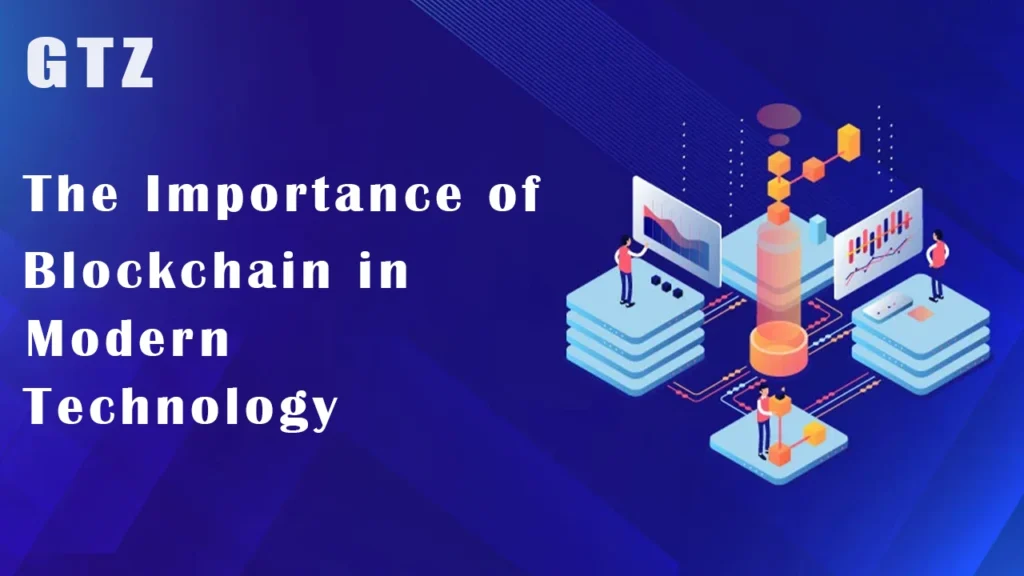
Blockchain is significant in that it addresses several significant issues:
- Security: It’s not a simple one to cheat through or hack through
- Transparency: Everyone in the network can view the transactions, and therefore, no one can hide.
- No Middlemen: There are no banks and no other go-between entities, cutting down both time and expense.
- Trust: Because it’s not run centrally, you don’t have to trust one individual or corporation.
What is a Blockchain Wallet?
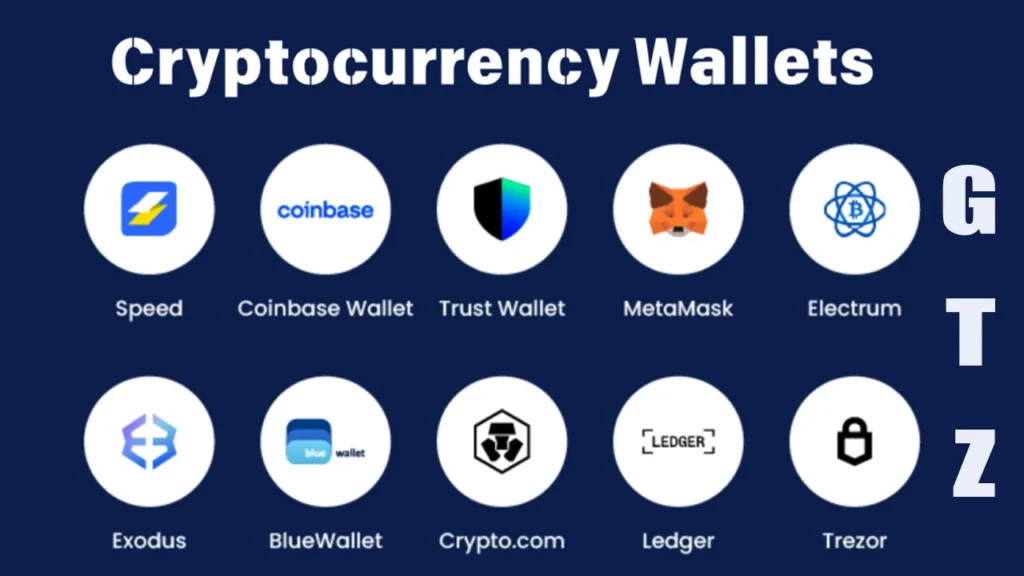
If you’ve heard of Bitcoin, then most likely, you have heard about a blockchain wallet, too. A blockchain wallet is a virtual bank for your cryptocurrencies.
Here’s how it works:
- Public Key: You get a public key (like an email address) that can be shared and utilized for getting payments.
- Private Key: You also have a private key (like a password) that no one else knows but you. It’s used for accessing your purse and sending out payments.
Popular blockchain wallets including Metalmark, Trust Wallet, and Coinbase Wallet enable convenient storing, sending, and receiving of cryptocurrencies.
Challenges of Blockchain Technology
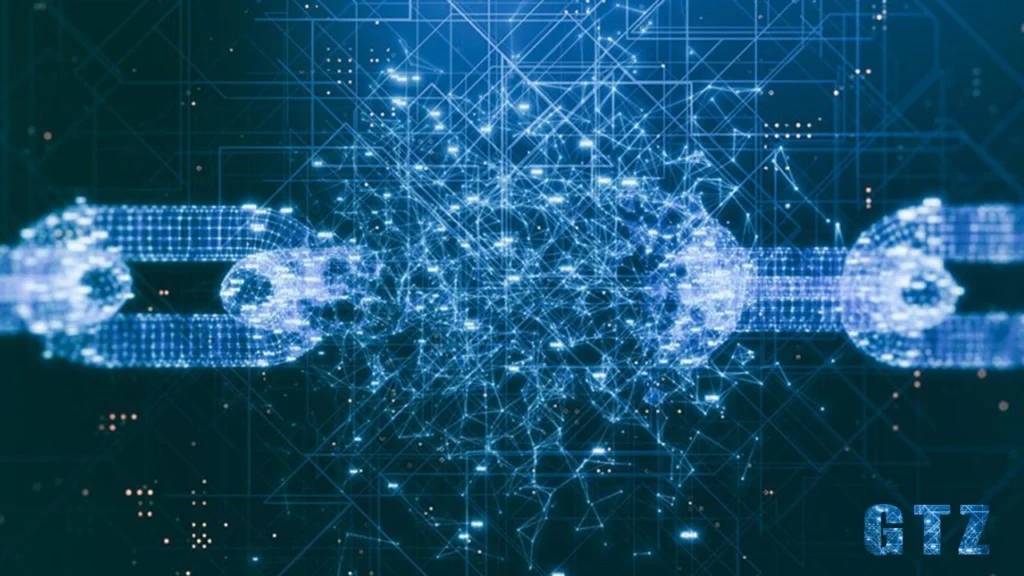
Challenges of Blockchain Technology While blockchain is great, it is not perfect. There are several obstacles:
- Scalability: As more and more use blockchain, it can slow down and become pricey.
- Energy Use: Certain blockchains (such as Bitcoin) consume a lot of energy, and that is not environmentally friendly.
- Complexity: Blockchain can be complex and challenging to use, particularly for new users
- Regulation: Governments have not yet sorted out a mechanism for regulating blockchain, and that can generate uncertainty.
Despite these impediments, humans have been working assiduously to develop blockchain and make it even more useful for everyone.
The Future of Blockchain Technology

The future of blockchain holds many exciting potentials! Let’s go through them:
- Faster Transactions: Emerging technology has accelerated and lowered the expense of utilizing blockchain.
- Green Blockchain: Some blockchains are switching to eco-friendly methods to reduce energy use.
- More Uses: There can be even more use for blockchain in industries such as education, real estate, and entertainment.
- Easier to use: With technology becoming increasingly accessible and easier to use, more and more will use it in life.
Conclusion
Blockchain technology is not a technology fad but a powerful technology that is changing lives and work. It’s not only securing financial transactions but strengthening supply chains and even medical care, and it’s resolving real-life problems and opening new windows of opportunity.
At Get Tech Zone, we’re committed to simplifying complex subjects such as blockchain so that everyone can grasp them. In case you enjoyed reading this article, don’t forget to pass it on to your friends and drop a message in the comments below.
Let’s chat! Thank you for reading, and don’t forget to view more technology insights at Get Tech Zone.
What do you believe about blockchain technology? Have you ever utilized a blockchain wallet or attempted to use a cryptocurrency? Let your voice be heard in the comments, and don’t forget to share this article with your social networks!
FAQ About Blockchain Technology
What is blockchain technology and its application?
Blockchain is utilized for cryptocurrencies, tracking, medical record storage, and many other things.
How does blockchain work?
Blockchain records transactions in blocks, confirms them, and adds them to a series of blocks that have happened beforehand.
What is a Bitcoin Wallet?
A blockchain purse is an electronic pocket for storing, sending, and getting cryptocurrencies.
Is blockchain secure?
Yes, blockchain is secure enough since it’s decentralized and utilizes strong encryptions.
Can blockchain be compromised?
It’s very difficult to hack blockchain because it’s not centralized and employs high security.
What’s the future of blockchain?
The future will see rapid transactions, eco blockchains, and growing use in ordinary life.
What are smart contracts?
Smart contracts are programs for computers that execute when certain requirements have been met.